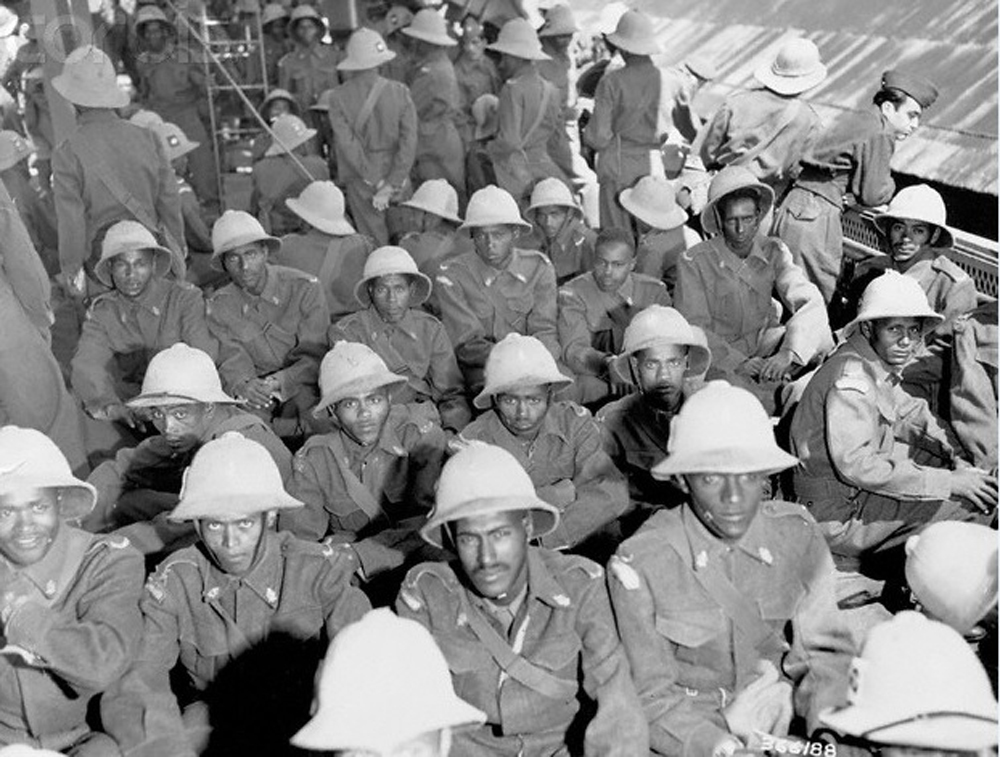 Ethiopia was one of the 16 nations that made up the United Nations Command (UNC) to fight in the Korean War. The men in Ethiopia’s Kagnew Battalion, which were largely drawn from the Ethiopian Imperial Bodyguard Division of Haile Selassie I. The unit fought alongside the U.S. 7th Infantry Division and took part in the Battle of Pork Chop Hill, earning a U.S. Presidential Unit Citation.
Ethiopia was one of the 16 nations that made up the United Nations Command (UNC) to fight in the Korean War. The men in Ethiopia’s Kagnew Battalion, which were largely drawn from the Ethiopian Imperial Bodyguard Division of Haile Selassie I. The unit fought alongside the U.S. 7th Infantry Division and took part in the Battle of Pork Chop Hill, earning a U.S. Presidential Unit Citation.
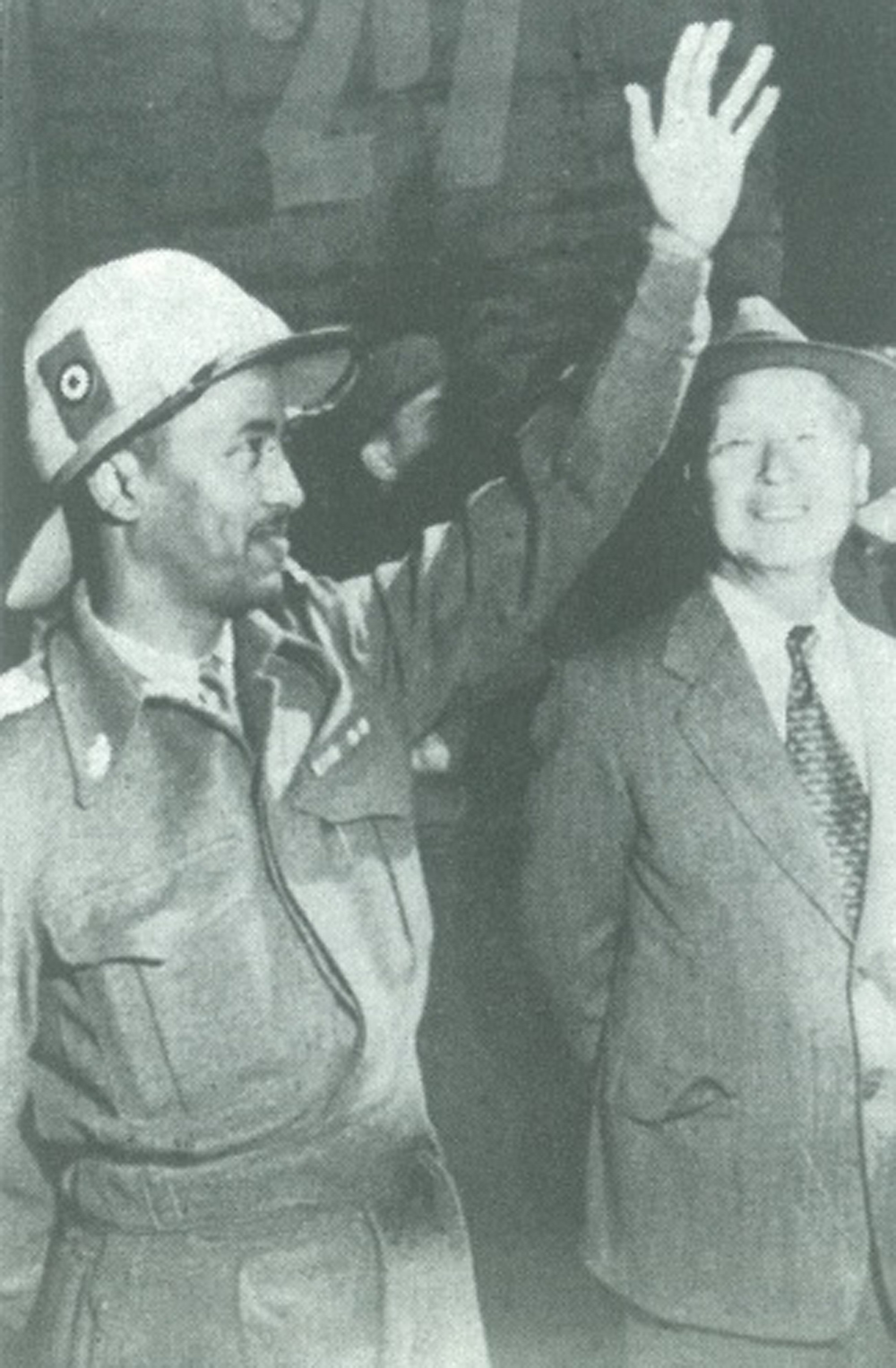
General Kebede Gebre, the then commander of Ethiopian Peace Keeping Forces in Korea in his British Battledress uniform wearing a Wolseley style helmet. He was later nominated to be commander chief of UN mandated Peace Keeping Forces in Congo.
The Ethiopians were the only UN contingent that had no prisoners to collect from the North Koreans since no Kagnew soldier ever surrendered, and they also had the distinctions of having never been bested in battle during the war. The Kagnew Battalion engaged in combat 238 times and won every encounter, as both aggressors and defenders. They reportedly never left their dead behind, and no dead bodies of Kagnew soldiers were to be found on the battlefield.
While those soldiers were equipped with largely American uniforms and wore the American M1 steel helmet in combat, these soldiers looked quite different on their arrival. The Kagnew Battalion was outfitted with British Battledress along with a Wolseley style helmet. Some sources have described this as the “M45 pith helmet” – but it is essentially a copy of the Belgian-made helmets that were essentially a copy of the Wolseley.
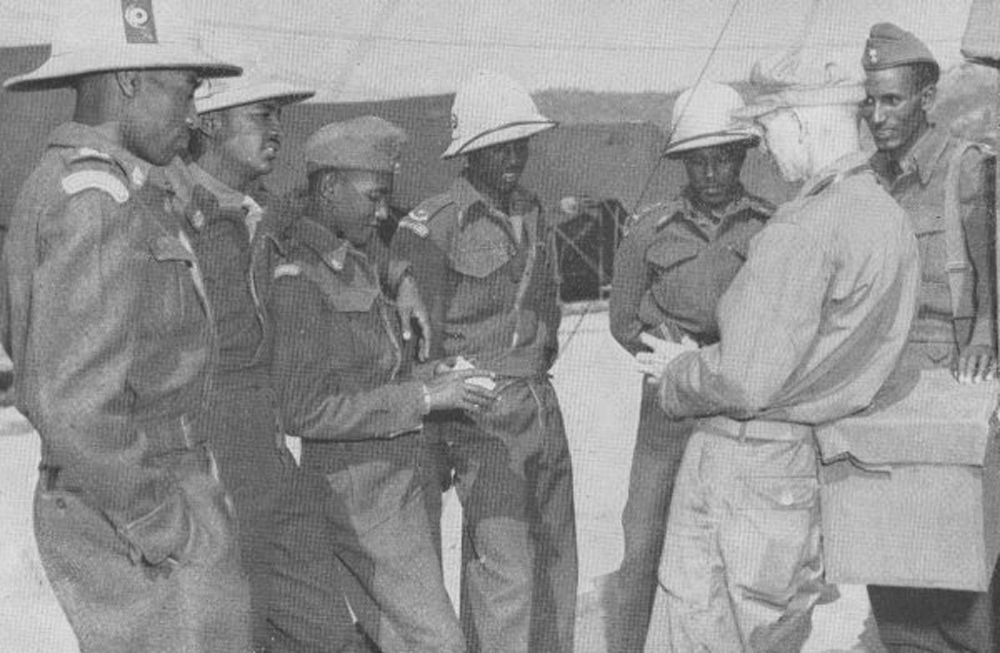
Members of Ethiopia’s Kagnew Battalion wearing British Battledress uniforms and the Wolseley style helmet with the Ethiopian cockade on the right side of the helmet.
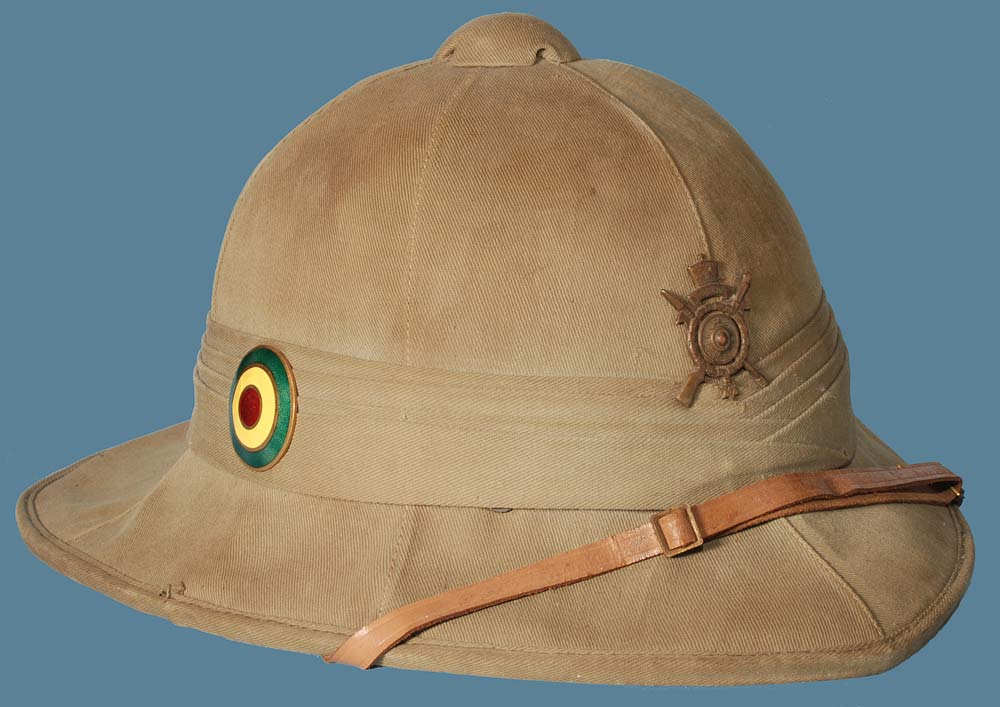
The sun/pith helmet was the standard headdress of the Ethiopian military during the early stages of the Cold War.
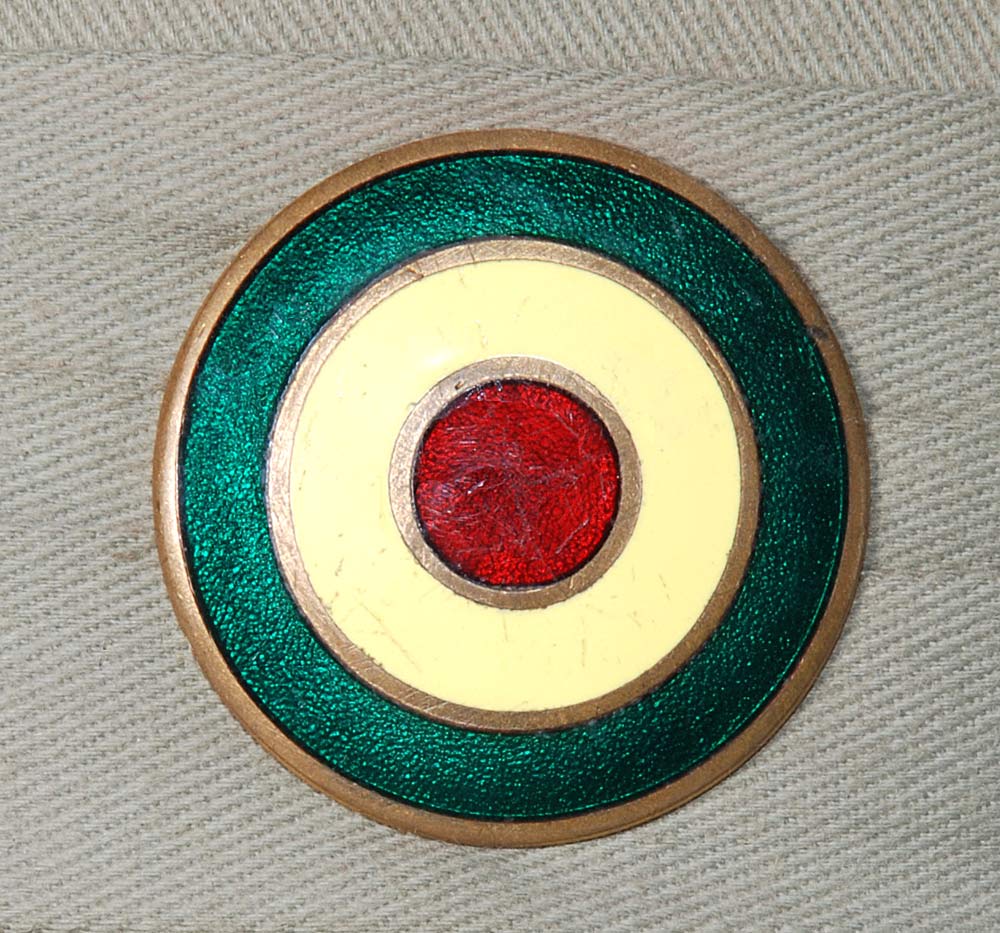
The Ethiopian cockade on the right side of the helmet
While these helmets were typically worn with badges of the Imperial Guard on the front when the unit was in Ethiopia, photographic evidence suggests only the cockade was worn on the side in Korea. The sun/pith helmets were obviously not used in combat, but it does appear that the unit may have arrived in South Korea with these helmets as part of the uniform, which made this the only example of the sun helmet being worn at any point in the Korean War.
Peter Suciu
February 2020
More on the history of the Kagnew Battalion can be read on this blog:

Excellent article, Very fascinating!
The only thing I would argue is that they weren’t the only sun helmet in the Korean War, the US pressed fiber sun helmets were still in pretty heavy use behind the lines all the way through the Vietnam war. And a polymer version is still in limited use by the US Marines.
The American pressed fiber helmet was of course still be used at the time of the conflict, but none were likely used in the actual theater of operations.